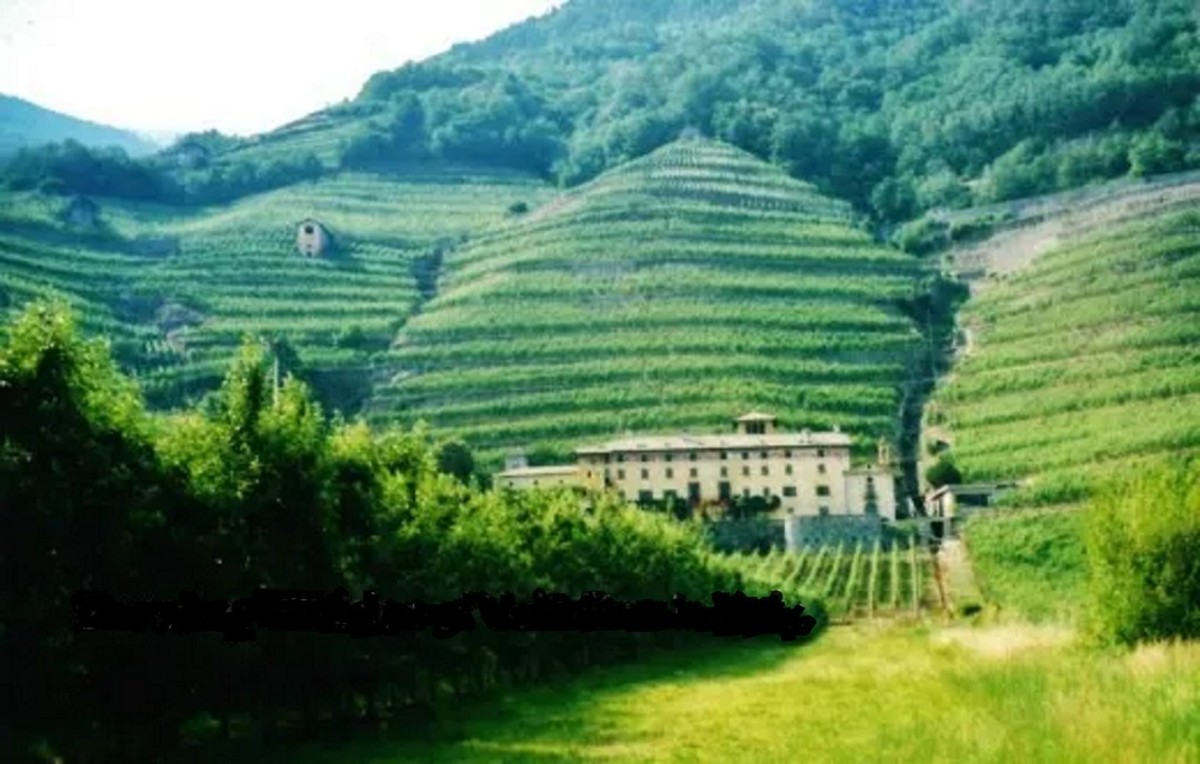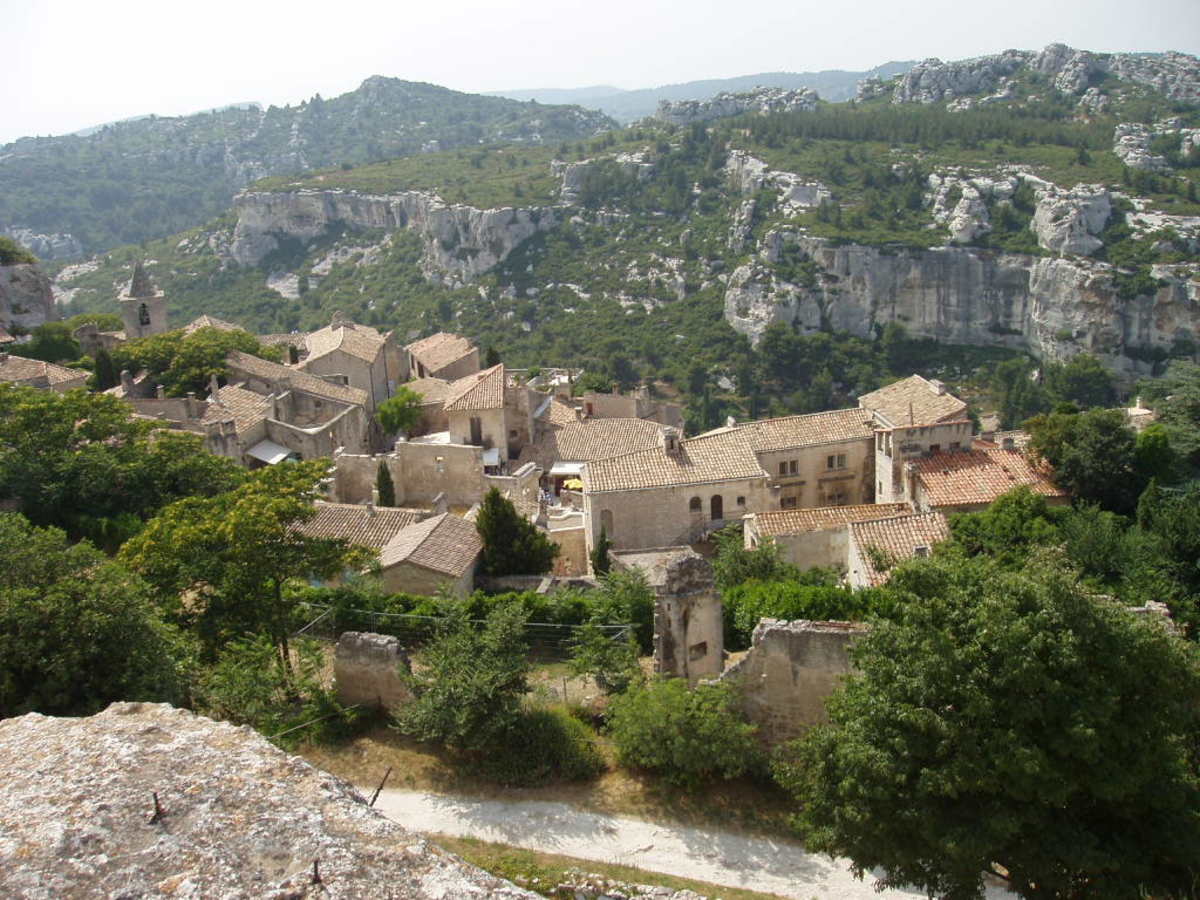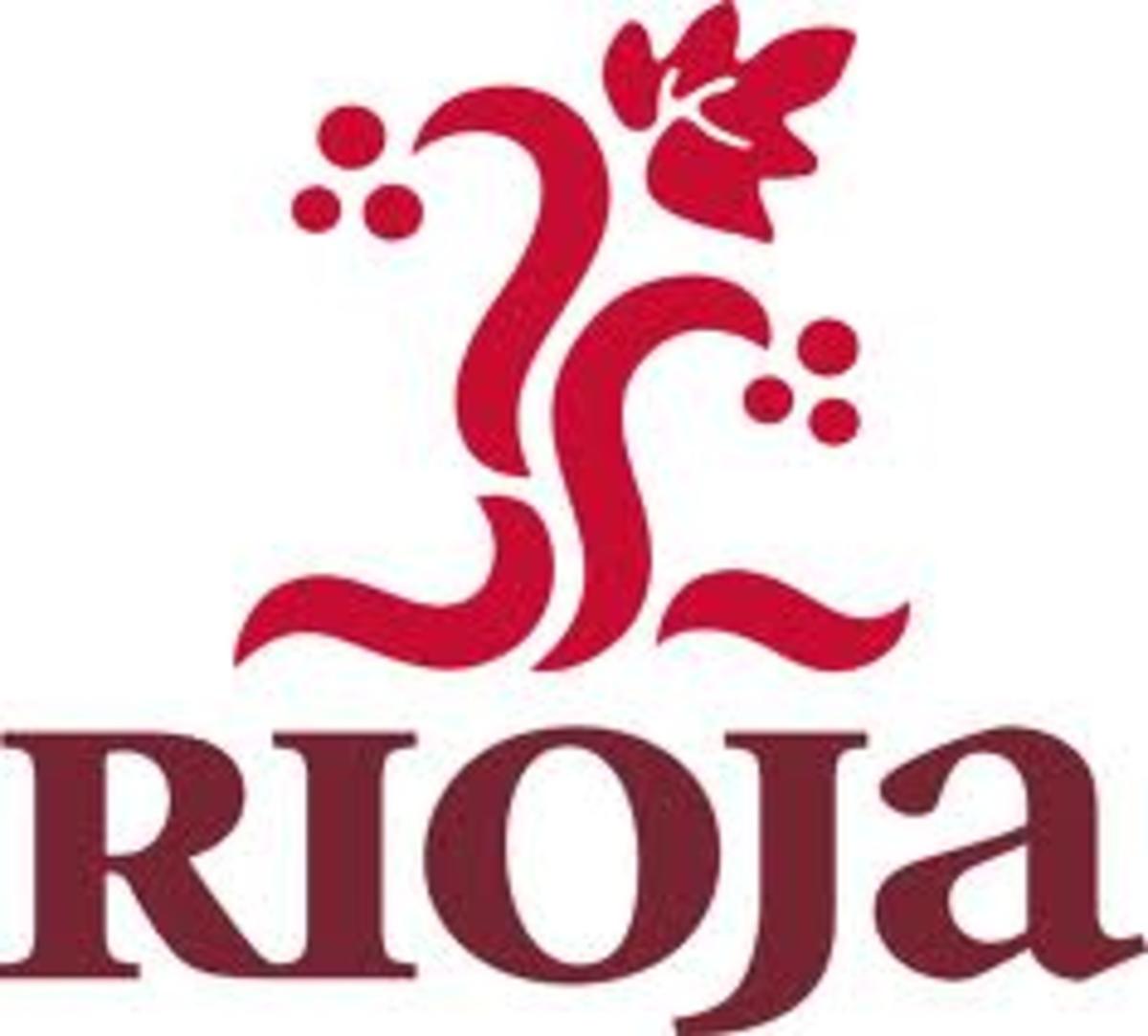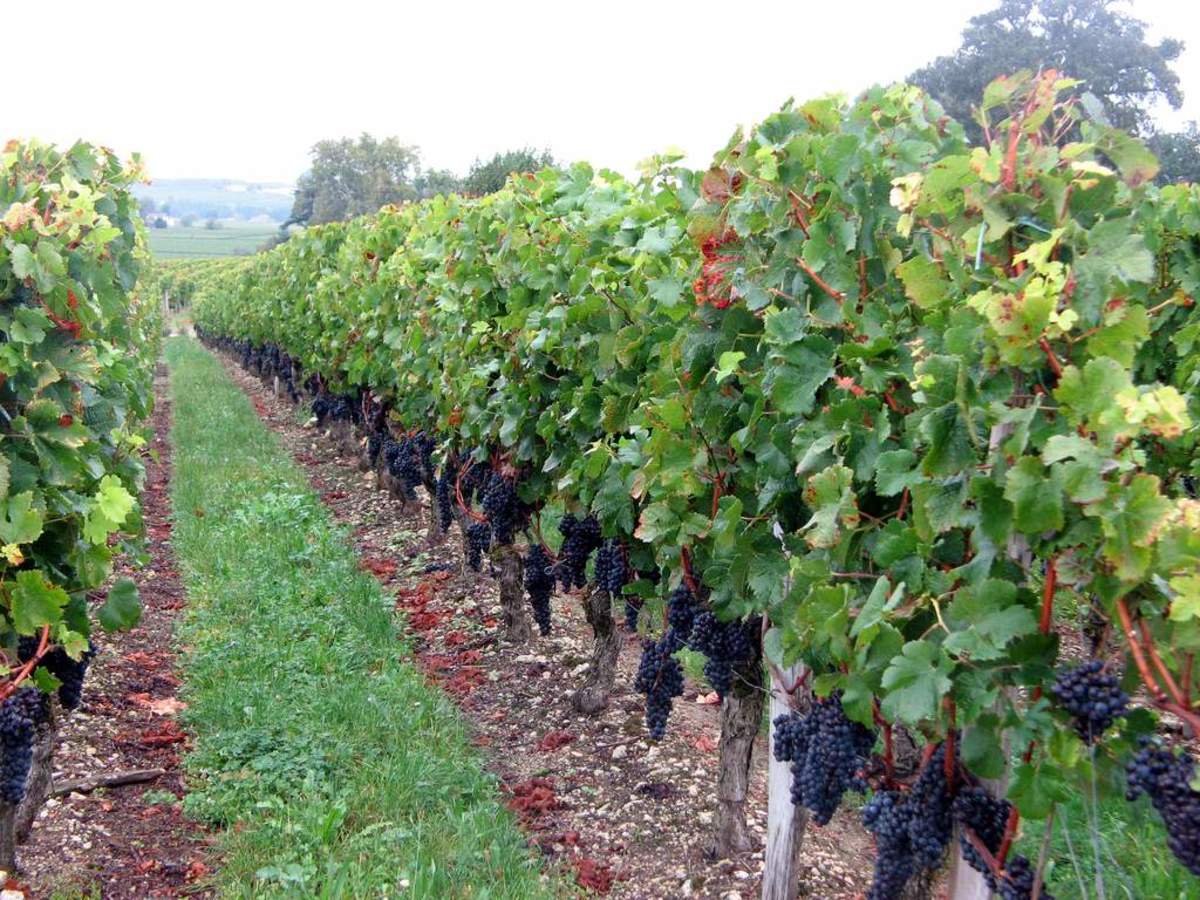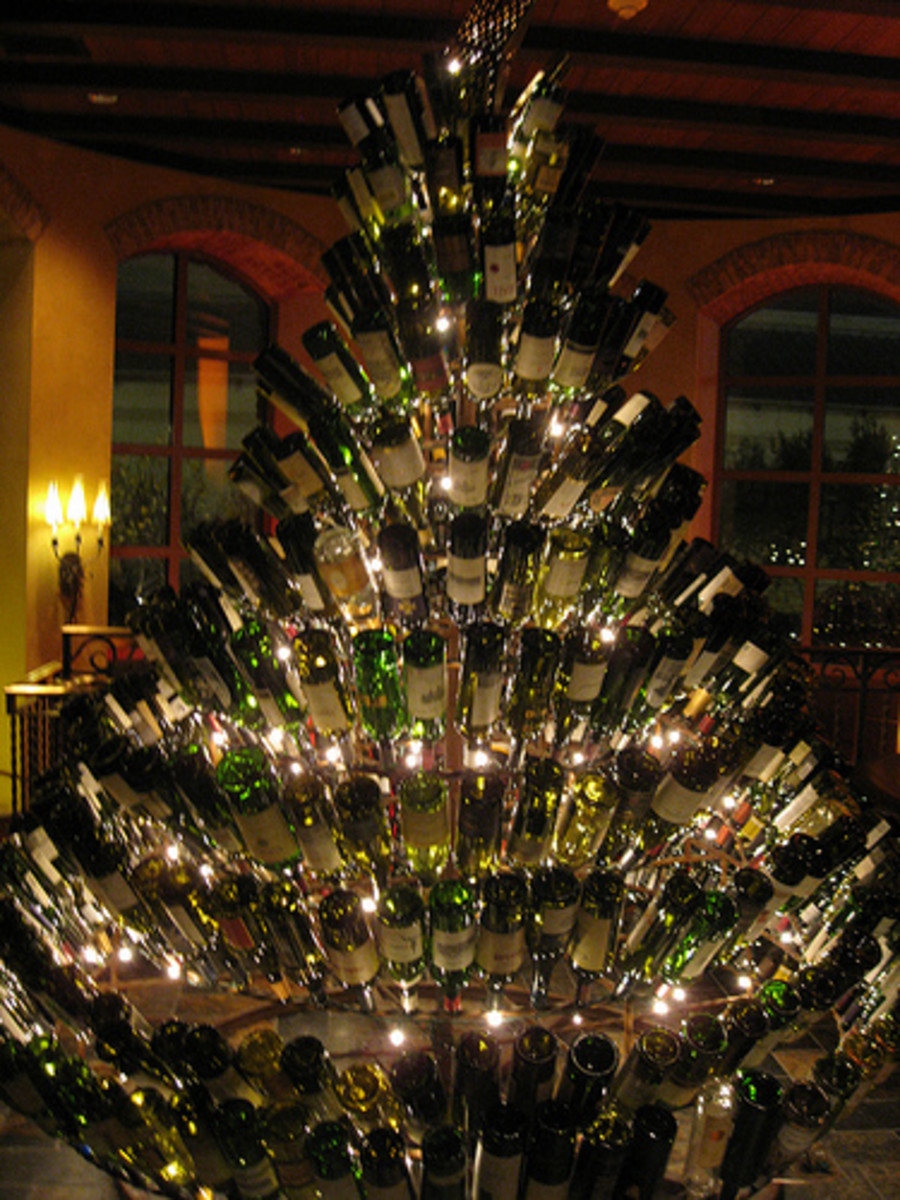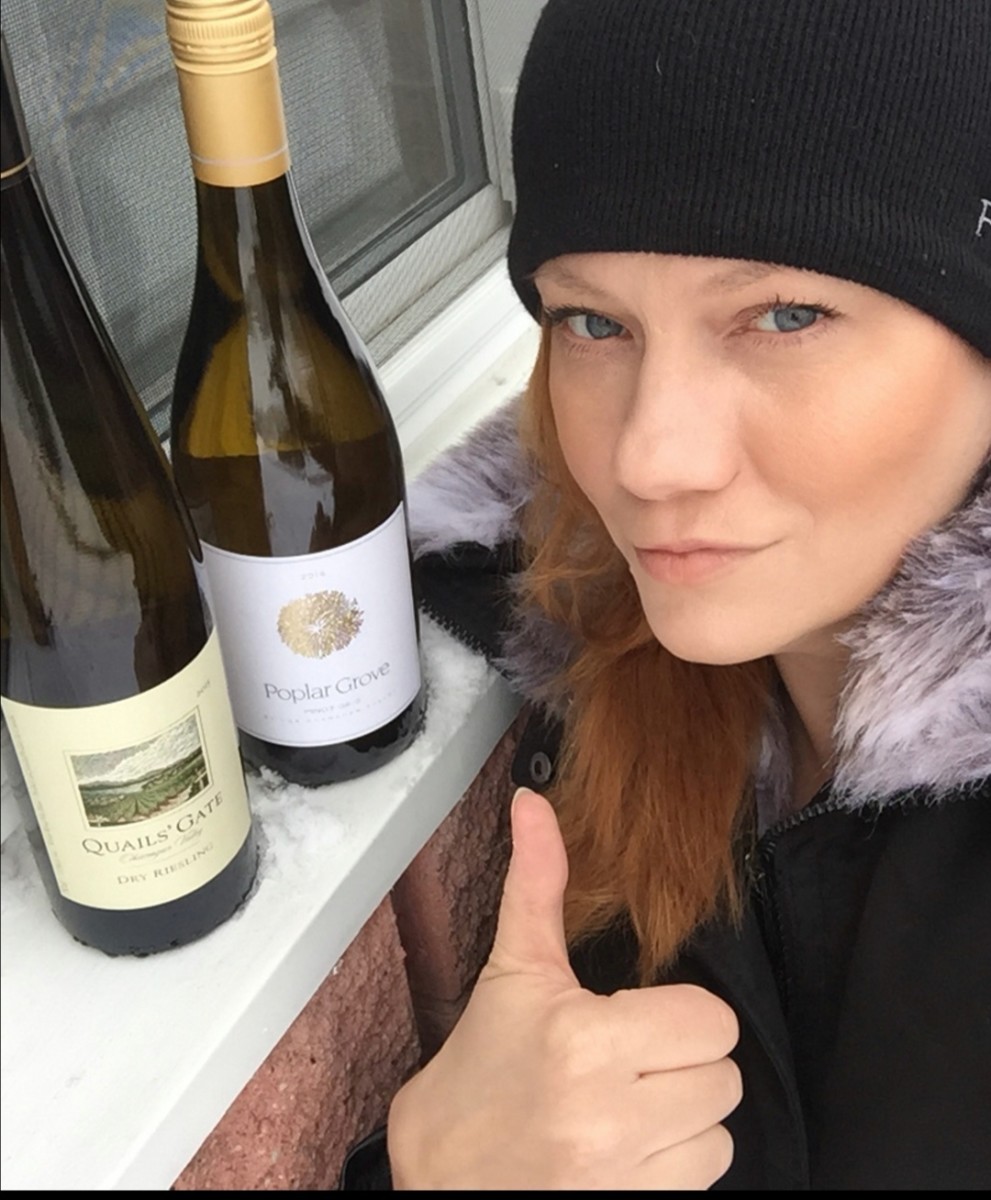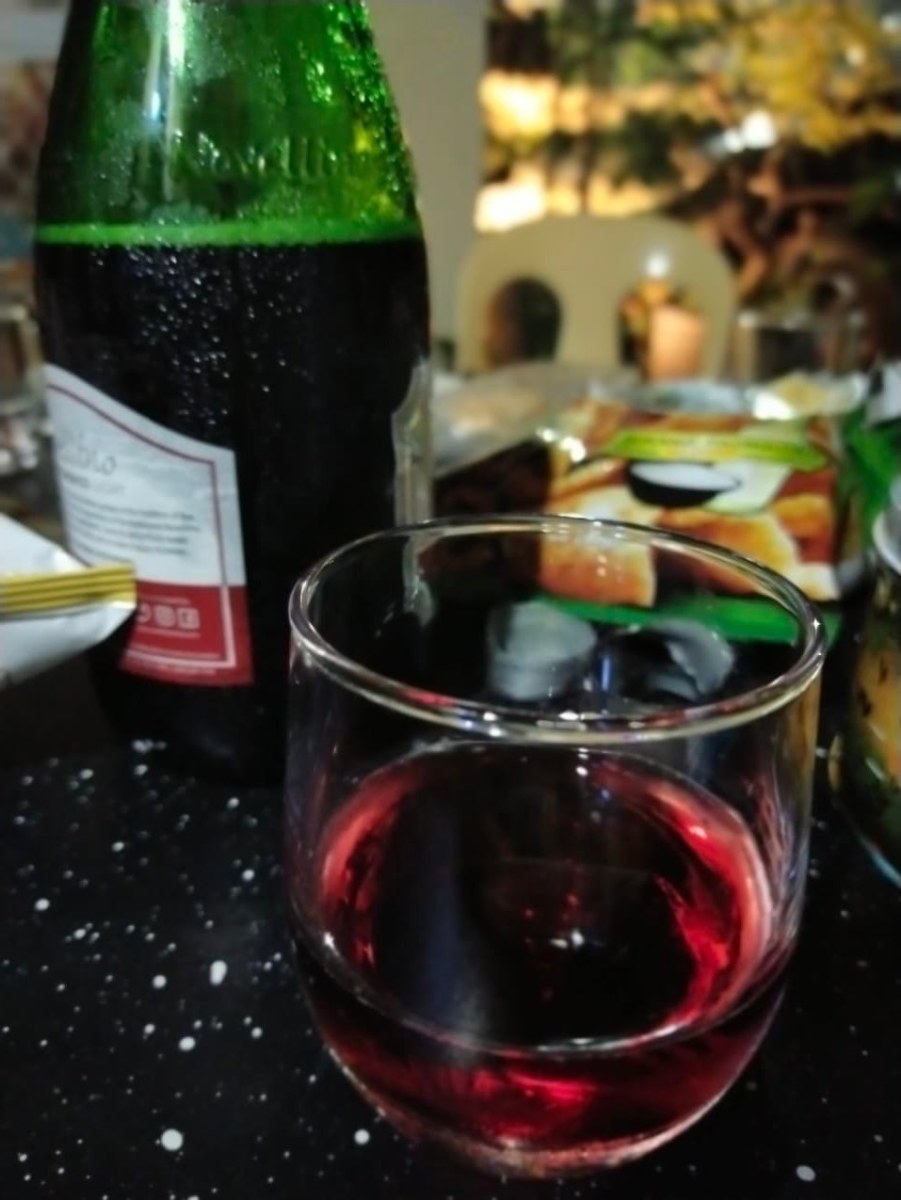Turning Toward Grower Champagne
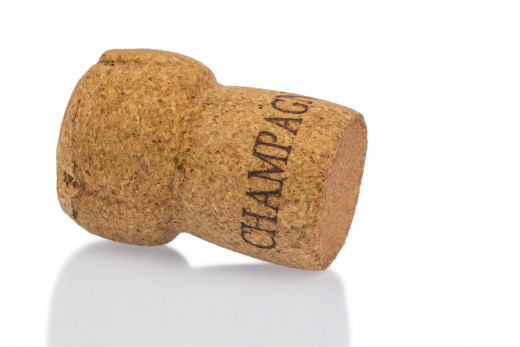
Grower Champagne - Reinvented?
For Champagne drinkers there has always been a flavour of consistency as grapes from all over the region are combined for one standard flavor. A new twist on taste is taking hold in the consumer marketplace however, and it is shaking up the Champagne world. Grower Champagne is a revitalised and specific creation usually from one house or sometimes from one village.
Taking on the terroir aspect of creating indulging tastes, these bottled wonders are hand created in the truest artisan fashion. To receive a sampling from such an enclosed area of selection gives the benefit of uniqueness to flavor to the product, and that is a plus in a market of similarity.
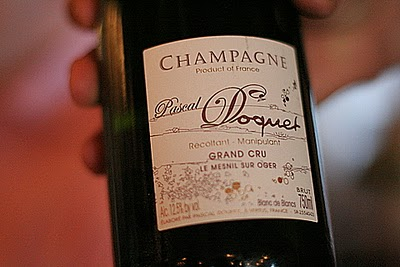
How To Recognise Grower Champagne
To distinguish between Grower Champagne and others from the Champagne Region, simply look for the RM (Récoltant-Manipulant) distinction on the label. To understand how specialised these champagnes are one must first understand the nature of champagne production and distribution. Négoçiants and Coopératives represent 80% of production from the region, and are allowed to purchase as much grape, pressed juice, and sur-lattes as they want. These Négoçiants only own 12% of the vineyards in the region however. The Récoltant-Manipulant on the other hand is only allowed 5% of their purchases from the market.
Outside of the crushing difference in numbers, looking at the overall picture champagne has become agriculture’s most successful element in mass production. This has brought familiarity and consistency to the world, but it is time to embrace change and accept quality over quantity.
Mass produced champagne is fine, but the uniqueness of the Grower Champagne deserves and has earned its day at the table. With traditional champagne vineyards have been geared to produce for quantity not quality, so average age of vines seldom exceed 25 years. More money is obtained from the early production of fruit which is heavier in must weight, than fruit that is riper. This is beneficial for the grower, the houses, and the cooperatives alike.
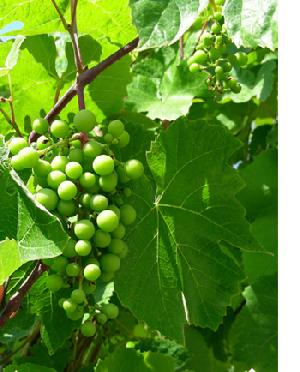
Grower Champagne harvests the grape at full growth from aging vineyards. This means that production is limited. By centering on the terroir and quality of fruit from a localised area, the benefit of creativity is passed on to the consumer by way of a new flavour for an old product.
The key for anything to be successful is to have someone believe in that product and then getting others to follow suit. The case is no different here, the artisans who are creating these delicious delights believe in their product as do those who have tasted the results. Once the word gets out to a wider group of consumers, the face of Champagne will forever be changed in the hearts and minds of the connoisseur. The good news is that it is now possible to buy champagne direct to your door . So we can all sample these fantastic products.
Other Champagne Related Hubs
- Champagne: A Guide for Beginners
When the time comes for your big celebration and toasting with champagne, will you know what to buy? How do you read a champagne label and decide if you want vintage, non-vintage (NV) or a demi-sec? - Why You Need Champagne Flutes and Glasses
Champagne is for celebrations, so it is always great to have a set of champagne flutes handy. Choose from plastic champagne flutes all the way through to cut crystal champagne flutes - Troyes in Champagne
Troyes, Champagne, is a must for lovers of medieval timber-framed houses. Each year more are uncovered and restored. Just minutes off the A26 it makes a pleasant change from a service station break.
Where does Champagne Come From?
This is an extract from Wikipedia describing the Champagne region of France
The Champagne wine region is a historic province within the administrative province of Champagne in the northeast of France. The area is best known for the production of the sparkling white wine that bears the region's name. EU law and the laws of most countries reserve the term "Champagne" exclusively for wines that come from this region located about 100 miles (160 km) east of Paris. The viticultural boundaries of Champagne are legally defined and split into five wine producing districts within the administrative province: Aube, Côte des Blancs, Côte de Sézanne, Montagne de Reims, and Vallée de la Marne. The towns of Reims and Épernay are the commercial centers of the area.
Located at the northern edges of the wine growing world, the history of the Champagne wine region has had a significant role in the development of this unique terroir. The area's proximity to Paris promoted the region's economic success in its wine trade but also put the villages and vineyards in the path of marching armies on their way to the French capital. Despite the frequency of these military conflicts, the region developed a reputation for quality wine production in the early Middle Ages and was able to continue that reputation as the region's producers began making sparkling wine with the advent of the great Champagne houses in the 17th & 18th centuries. The principal grapes grown in the region include Chardonnay, Pinot noir, and Pinot Meunier. Pinot noir is the most widely planted grape in the Aube region and grows very well in Montagne de Reims. Pinot Meunier is the dominant grape in the Vallée de la Marne region. The Côte des Blancs is dedicated almost exclusively to Chardonnay.
Where does Champagne Come From
Wine Related Useful Hubs
- Understanding European Wine Labels
Looking at and understanding European, such as French or German, wine labels can be the world's most confusing experience. Do you know the feeling when you look at a bottle and you are unable to collect even the most basic information from its label,
© 2013 Rich Sale

